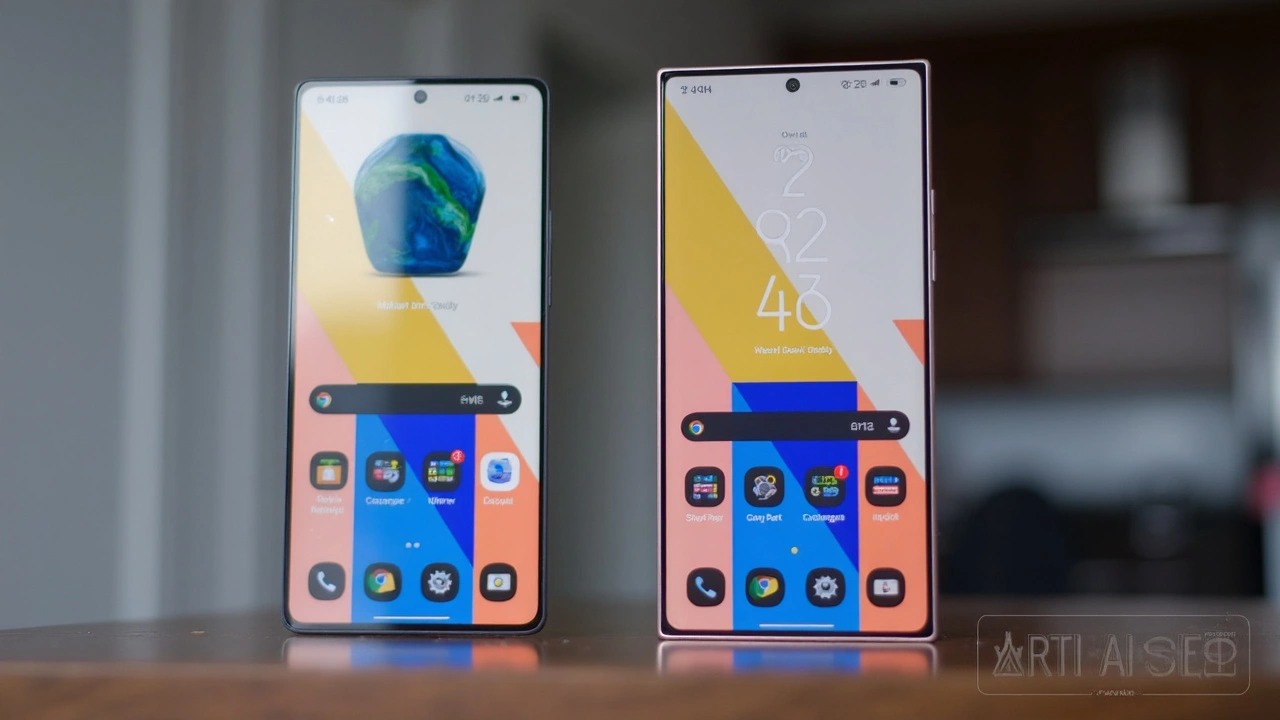Anti-Glare Display: Practical Guide to Choosing & Using One
Tired of bright reflections ruining your screen? An anti-glare display cuts glare and makes screens easier on the eyes. Whether you work by a window, game under lights, or use a laptop in a café, picking the right anti-glare screen matters.
How anti-glare coatings work
There are two common approaches: a matte surface and an anti-reflective (AR) coating. Matte finishes scatter reflected light so you don't see sharp mirror-like images. AR coatings reduce the amount of light that bounces back, keeping the image clearer while still cutting reflections. Both reduce glare, but they feel different. Matte screens can look a touch softer; AR-coated panels keep colors sharper but may cost more.
Want less eye strain? Anti-glare helps by lowering contrast spikes caused by reflections. This is especially useful for long work sessions, reading, or editing. If you use a device outdoors or in bright rooms, anti-glare is one of the simplest upgrades that actually works.
How to pick the right anti-glare display
Start with your main use. Are you a photographer, gamer, office worker, or frequent traveler? That decides what trade-offs you accept between color accuracy, sharpness, and reflection control.
- For office work: Choose a matte IPS or VA panel. You get wide viewing angles and low reflections without spending a lot.
- For photo and video: Look for AR-coated displays with high color accuracy (sRGB/Adobe RGB coverage) and good brightness to overcome ambient light.
- For gaming: Prioritize refresh rate and response time, then pick a model with an effective anti-glare finish. Many gaming monitors use mild matte coatings that keep reflections down and motion crisp.
- For laptops and tablets: Check if the screen is glossy or matte in the spec sheet. Matte is better for outdoors; glossy can show clearer blacks indoors but will reflect lights.
Check brightness (nits) too. A brighter screen can beat reflections, but also use more power. If you work near windows, aim for 300 nits or more. For dim rooms, 200–250 nits is fine.
Look at reviews that show real photos of screens under light. Specs alone don’t reveal how bad reflections are. Also test viewing angles and color shifts if possible—some anti-glare treatments change how colors look at the edges.
Cleaning and care are simple but important. Use a microfibre cloth and gentle cleaner or a dedicated screen spray. Don’t scrub hard—matte coatings can wear if you use the wrong chemicals.
Quick buying checklist: matte vs AR coating, brightness, color accuracy, panel type (IPS/VA/TN), intended use, and real-world photos in reviews. That list will save you time and frustration.
Want a final tip? If you can, see the screen under the lighting you actually use every day. That single test tells you more than any spec sheet.
Apple Eyes Anti-Glare Display Tech for iPhone 17 Pro: Borrowing Samsung’s Secret Sauce
By Sfiso Masuku On 23 Jul, 2025 Comments (16)

Apple is gearing up to bring anti-glare, scratch-resistant screen technology—similar to Samsung’s Gorilla Armor—to its upcoming iPhone 17 Pro lineup. The feature targets glare reduction and tougher display protection, but will only appear on Pro models, not the standard ones.
View More




